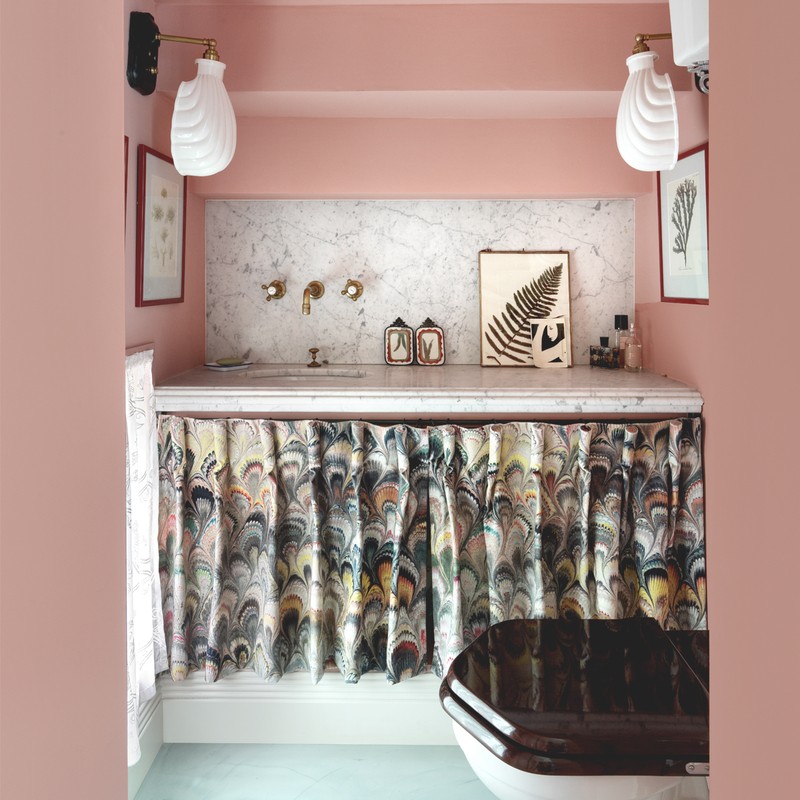How To Maximise A Small Space, According To The Experts
Take It Back To Basics
When you move into a property that isn’t a new build, it’s likely to have had a long and rich history – not to mention a few modifications. Emma Sims Hilditch, Founder and Creative Director of her eponymous interior design company, Sims Hilditch, suggests make an effort to strip this back: “It’s important to peel away the layers of previous decoration to discover the building’s raw materiality,” she says. “Properties often have charming nooks and crannies which can be utilised when creating storage in small spaces.”
Be Brave
Just because your place lands a bit on the small side, doesn’t mean you can’t be experimental with colours – white paint doesn’t have to be the only room opener. London Interior Designer Beata Heuman, says a strong wallpaper will “add intrigue and make spending time in the space feel enjoyable,” while London designer Orla Read, co-founder of Harding and Read, also encourages you to be brave with your colour combinations and finishes: “Small spaces can really benefit from a strong, playful injection of colour. Using a gloss finish encourages the light to bounce around the room.”
Lighting Is Essential
How you use lighting in small spaces is crucial. “Lighting is vert important in small spaces,” say the experts at K&H Design. “Particularly if a room has low ceilings or little natural light.” Get around the darkness of a room by ensuring you have plenty of types of lighting, from lamps to spotlights. “Make sure there are layers of light to address different moods.”
Orla agrees: “Lighting can make or break a space. Be careful not to flood the room with light. Make the space cosy with some lovely lamps (Rosi de Ruig has the most beautiful lamps and paper shades).”
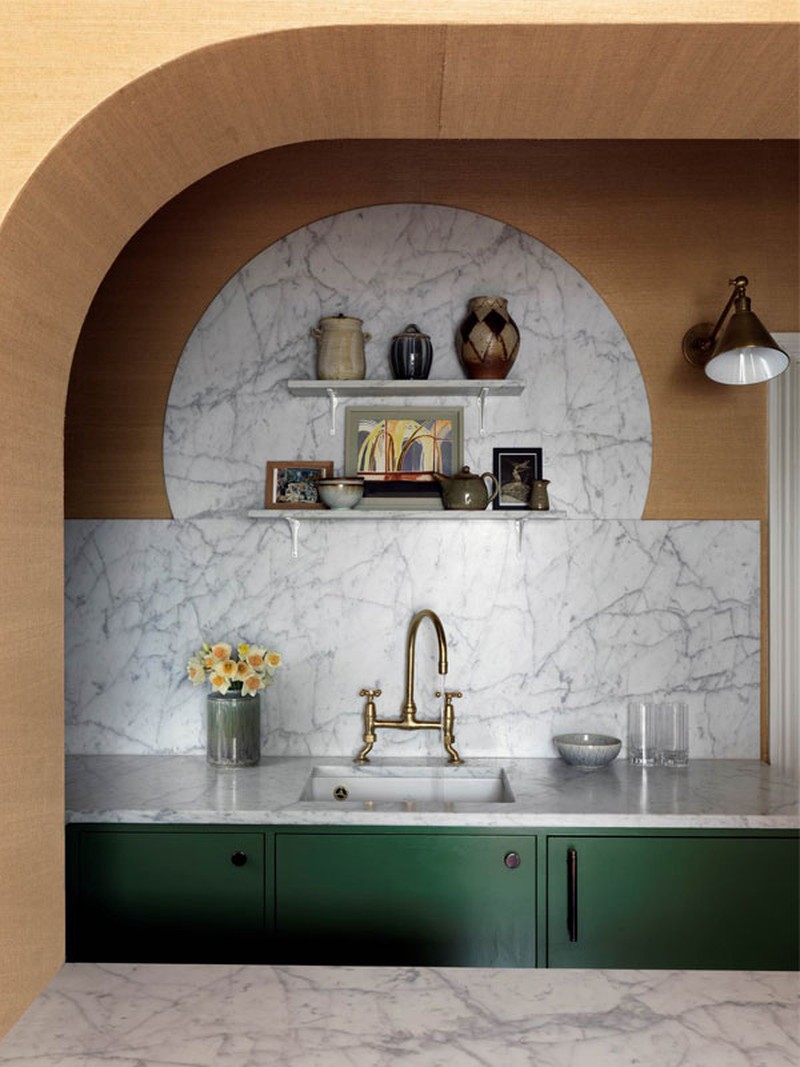
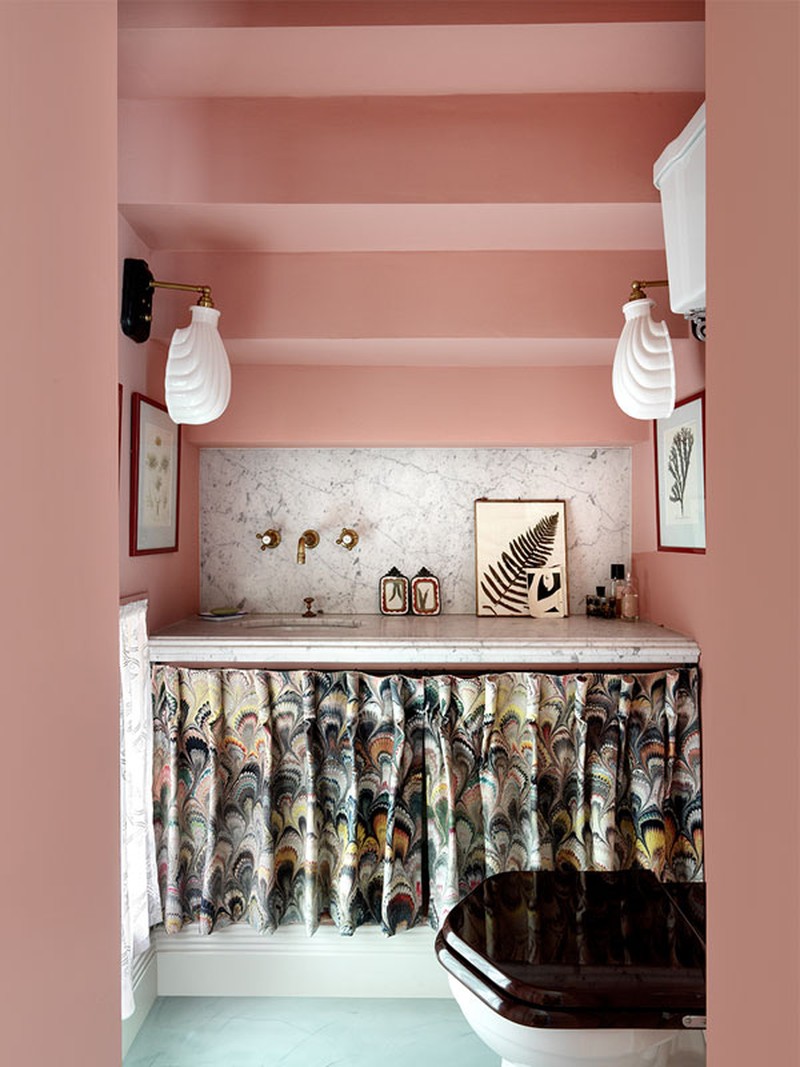
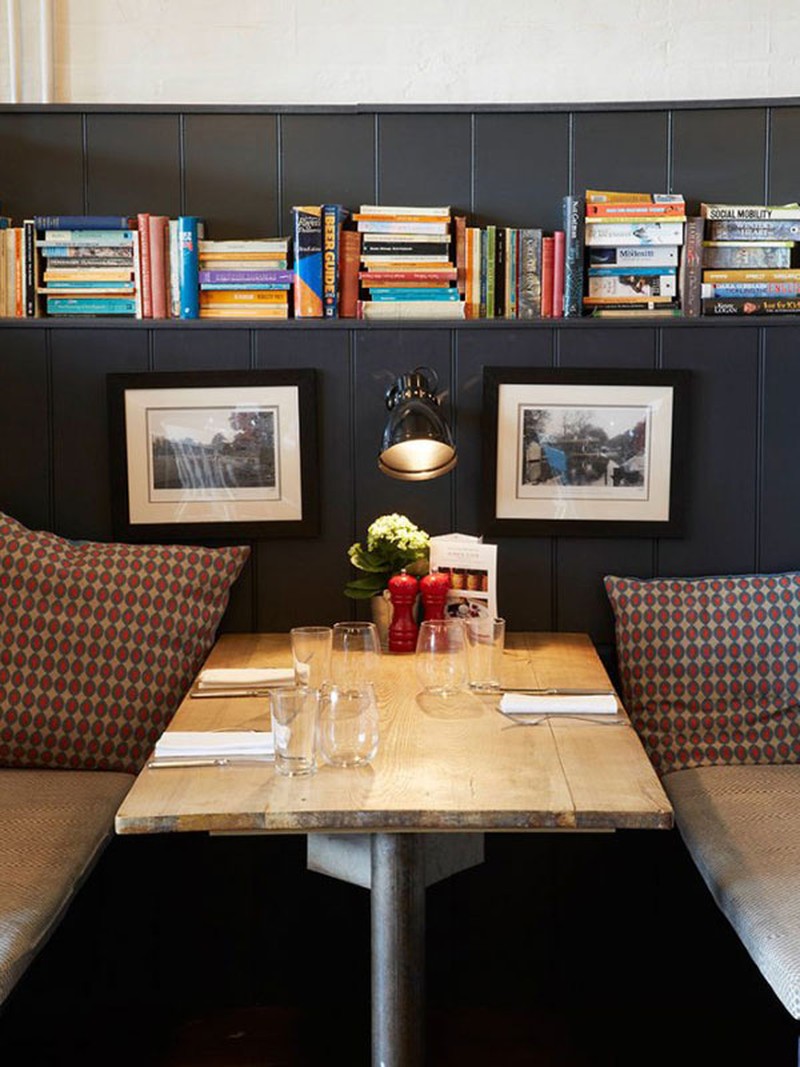
Try Larger Furnishings
It might sound counter-intuitive to fill a small space with larger items of furniture, but Interior Designer Kelly Hoppen explains: “When designing a small space, you always have to be mindful of maximising on the what room you've got. A great tip is to use larger but fewer furnishings, using an oversized piece of furniture creates the illusion of a bigger space rather than several pieces which in a small space which can create clutter.”
Go Large, But Don’t Go Heavy
While large pieces of furniture can help create the illusion of a bigger space, those pieces don’t need to be monolithic. For visual appeal, don’t block up a room with very solid pieces, say K&H: “For example, use a bed frame with slender legs so you can see the floor underneath, instead of something with a more solid divan base.”
Stack Up, Not Out
To make the most of your space, don’t fill the floor with clutter – instead, maximise your bare walls. “One of the easiest, most effective tricks is to stack up rather than out,” Emma says. “By utilising vertical space, we save other space far more easily, and are able to store stackable items such as books far more neatly.”
Beata agrees that floor-to-ceiling joinery is the best way to maximise space and give height to small rooms. “A bookshelf is a great way to do this,” she says. “As are kitchen wall units that reach all the way to the ceiling – they draw the eye up and create the illusion of high ceilings.”
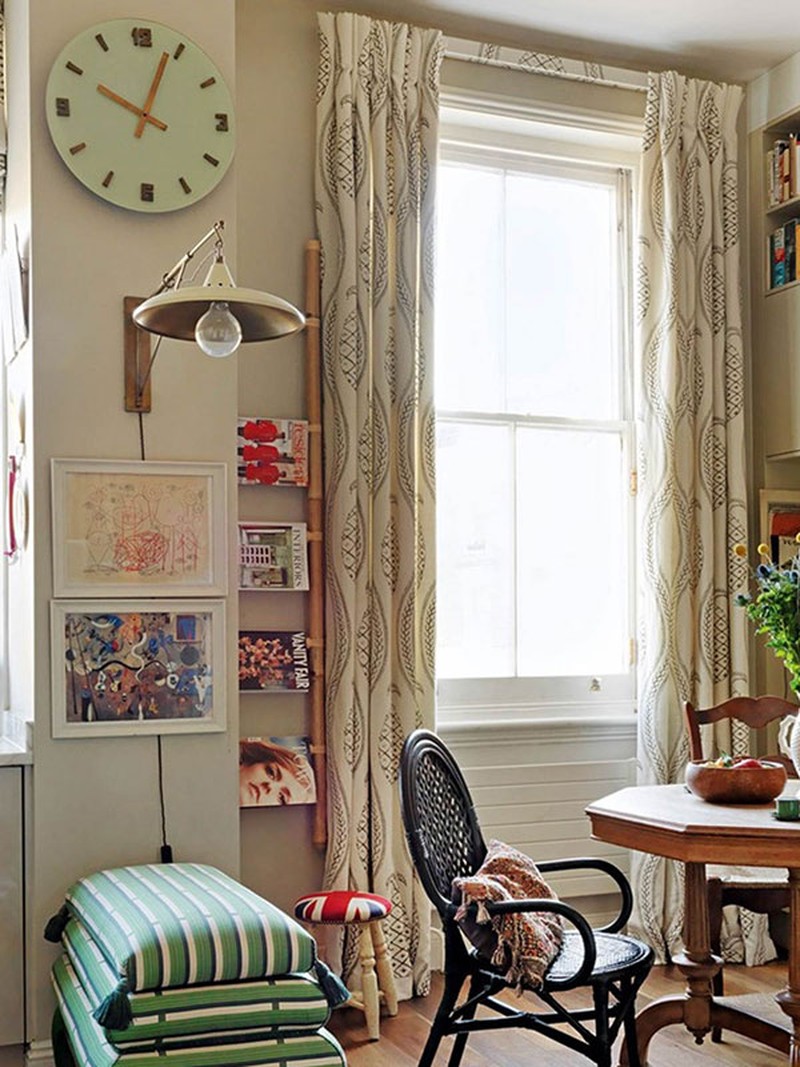
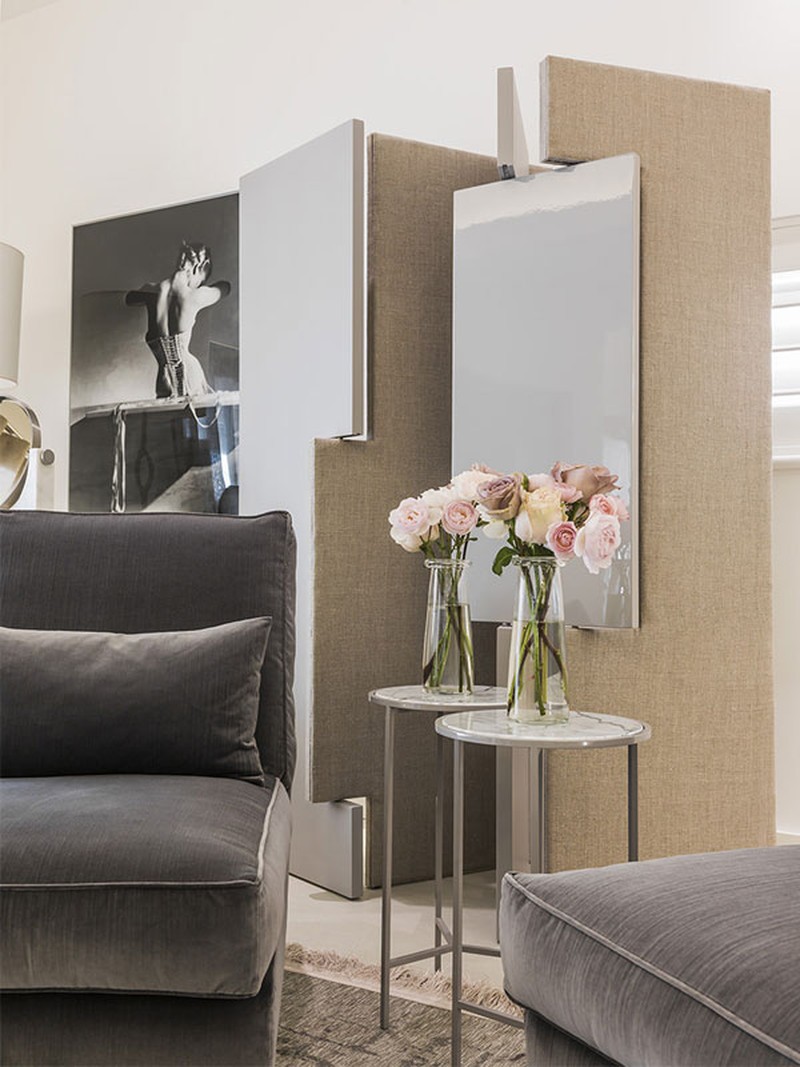
Be Smart With Storage
In small rooms, smart storage is essential. It doesn’t have to be fancy or overly technical – in fact, Emma is a fan of the simplest of storage solutions: “Drawers are so clever. They are a prime example of functional storage that looks super smart. Plus, “simple, unadorned, suspended oak shelving looks very cool indeed and can be a fabulous storage alternative to include within any space.” K&H agrees storage is vital to making a small space go further, but there is still a knack to getting it right: “Make sure it blends with the space rather than dominating.”
Get Creative With Mirrors
A simple trick for enlarging small spaces is to strategically position mirrors in your interior. Kelly is a big fan of using mirrors – as well as glass – to open up any space: “Use glass doors to connect adjacent spaces and mirrors to reflect both natural and artificial light.”
Emma also advocates using mirrors to enhance a feeling of light and space in a room. “Bear in mind that mirrors don’t only have to go on walls,” she says. “Mirrored surfaces on console tables, side tables and cabinetry bring a touch of elegance to a room.”
DISCLAIMER: We endeavour to always credit the correct original source of every image we use. If you think a credit may be incorrect, please contact us at info@sheerluxe.com.
